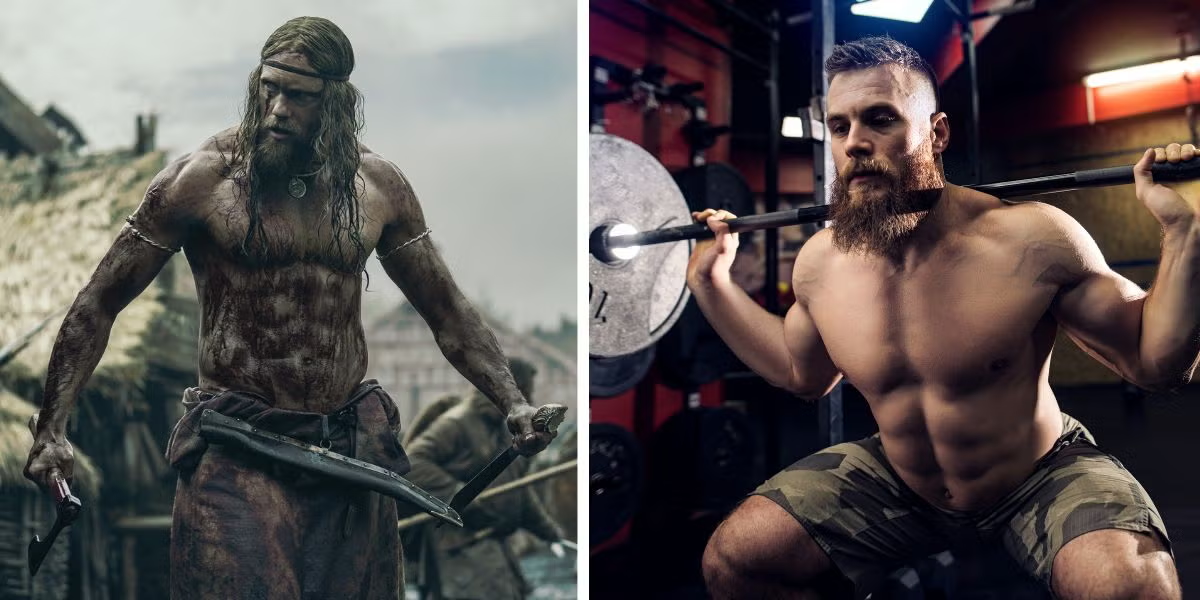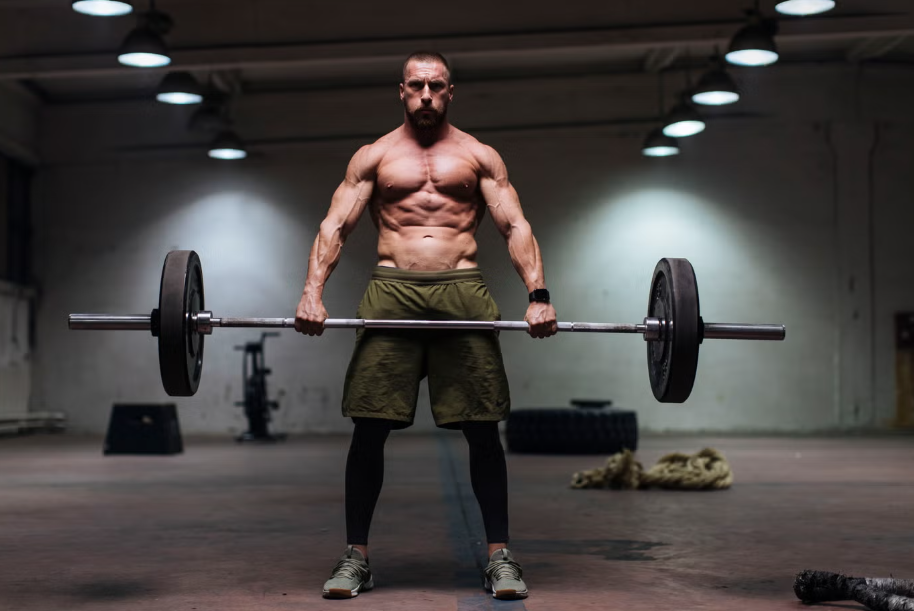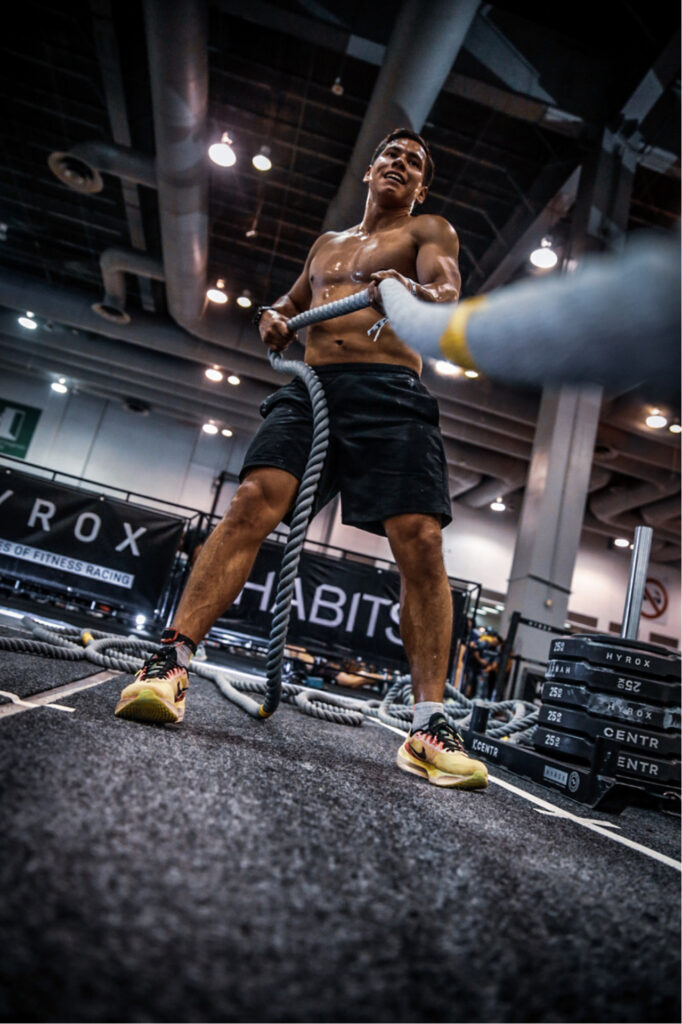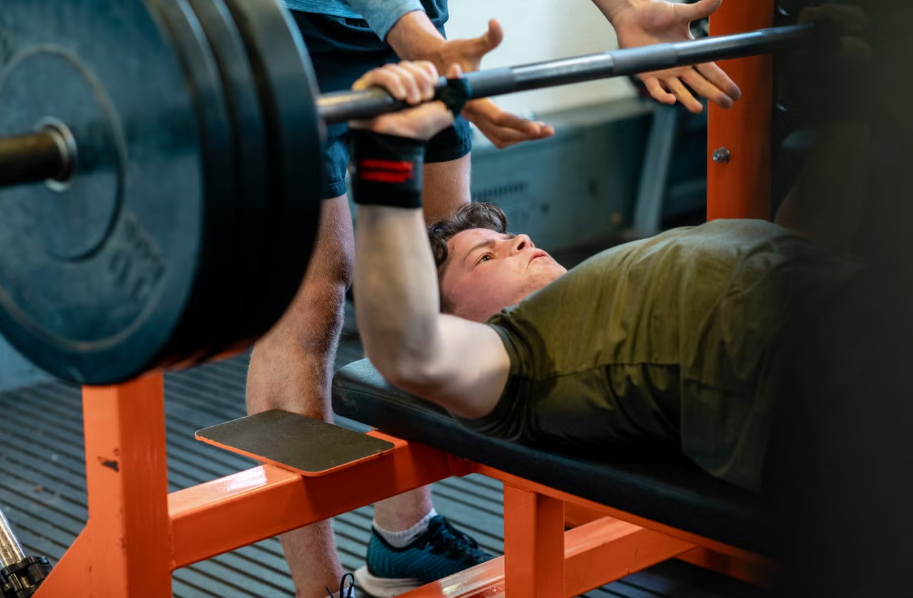WHEN YOU IMAGINE a Viking, chances are you picture broad shoulders, iron grips, and… beards. But what did it actually take to build a viking body worthy of raiding and conquering? Unlike the regimented training of medieval knights, Viking warriors honed their physiques through a more raw, functional approach.
Trainer and YouTuber Omar Isuf takes us through the Norse warriors’ workouts in his deep dive YouTube video, detailing how they trained for battle.
‘Vikings is a modern name given to the seafaring people primarily from Scandinavia from the 8th century onward,’ says Isuf. ‘They raided, traded and settled throughout parts of Europe.’
Isuf recounts a legend of Orm Stórolfsson, who was an Icelandic strongman famed for his incredible strength. According to Icelandic legends, he carried the ship mast of ‘Ormrinn Langi’ – weighing 650 kilos and 10 metres in length – on his shoulders for three steps before breaking his back. Legend claims around 50 men were needed to lift the mast onto him due to its tremendous weight, and balancing it was a particular challenge. It’s also said he never walked again after this feat, so we give this finisher a 2/10 and don’t recommend it in your next workout. However, some more attainable training techniques inspired by the vikings are as follows.
1/ Everyday life was their gym
‘The Vikings didn’t have a dedicated gym,’ Isuf explains. ‘But their daily lives demanded constant physical effort.’ This included rowing with heavy oars for hours on end, hauling supplies and building settlements for the strength portion of their training.
Just as today’s functional training tends to mimic real-world movements, Viking labour built strength that translated directly to the battlefield. Carrying heavy loads (similar to rucking and farmer’s carries) across rugged terrain developed their legs and core, while the endless rowing carved powerful backs and shoulders.
2/ Sparring and battle drills
‘Combat training was a big part of Viking life,’ Isuf notes. Warriors practised with swords and shields regularly, building not just skill but explosive power and agility. These high-intensity sessions could last for hours, demanding sharp reflexes and sustained cardiovascular endurance.
Training would include dynamic movements, explosive power, and relentless practice. This would look like drills that elevate the heart rate and sharpen reaction time.
3/ The first cold exposure fans
It’s no secret the Scandinavian climate is brutal. ‘Vikings were toughened by their environment,’ Isuf says. Exposure to freezing temperatures built resilience and strengthened their recovery efforts long before ice baths were trending. Beyond recovery, Vikings honed their mental resilience. ‘They had to be mentally prepared for the hardships of battle and survival,’ Isuf notes.
4/ Winter bulking
‘They needed a high-calorie diet to sustain their energy,’ Isuf explains. Vikings fuelled their active lifestyles with hearty stews, meats, and fish. The Norsemen ate well for performance and recovery, and their diets supported muscle growth and endurance. Therefore ensuring they were ready for both daily labour and combat.
The Viking-inspired workout
While we don’t recommend storming villages anytime soon, Isuf includes a Viking-inspired workout to try.

1. Inverted row x 8 reps and 3 sets
Grab a set of rings or a bar at hip height. Walk your feet forward until you’re hanging with straight arms. Keeping your elbows close to your body, row yourself up towards the rings, pause here for a second, before lowering yourself under control back to a full hang. Repeat.
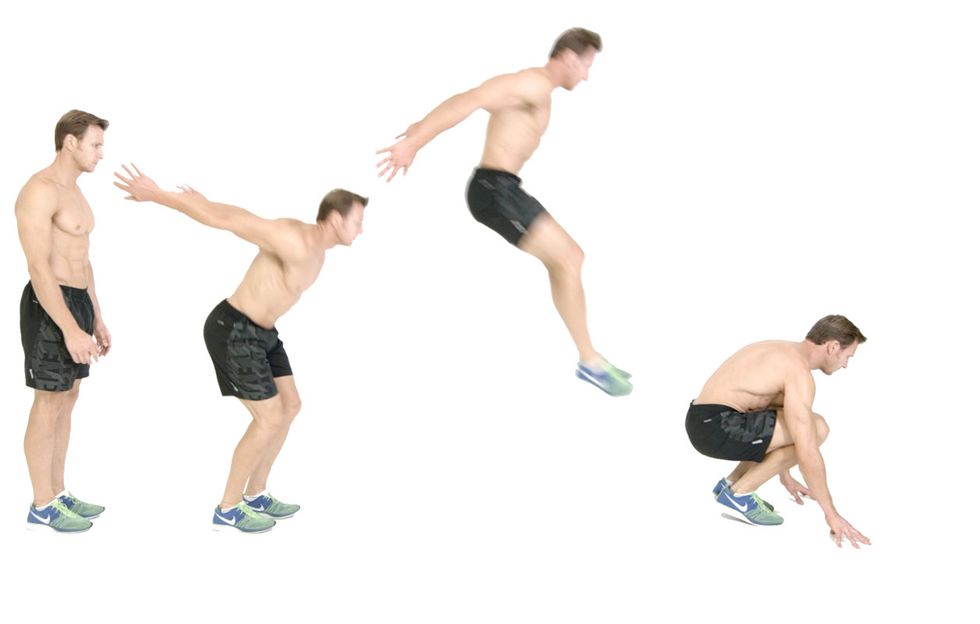
2. Broad jump x 3-5 reps and 3 sets
Start standing tall, feet shoulder-width apart. Swing your arms back, bend your knees, then explode forward, jumping as far as possible. Land softly on both feet, bending your knees to absorb impact. Keep your chest up and balance steady.

3. Deadlift x 5 reps and 3 sets
Walk your shins to the bar with your feet underneath your hips. Send the hips behind the heels and reach your hands towards the bar. Your shoulders should be over the bar and middle foot underneath. Keeping your back and head in line, retract the shoulder blades while holding your torso rigid to create tension between you and the bar. Push the floor away from you while keeping the bar close. Lock out the hips without sending the weight back and reverse the movement.
4. Deadlift x 1 rep at 90% of your 1-rep max
After your final set of deadlifts, try 1 rep at 90% of your 1-rep max.
This article originally appeared on Men’s Health UK.
Related:
Kickstart Your Ab Workout With This ‘Vikings’-Inspired Circuit
Australian Actor Sam Corlett Is On A Quest to Heal The World




